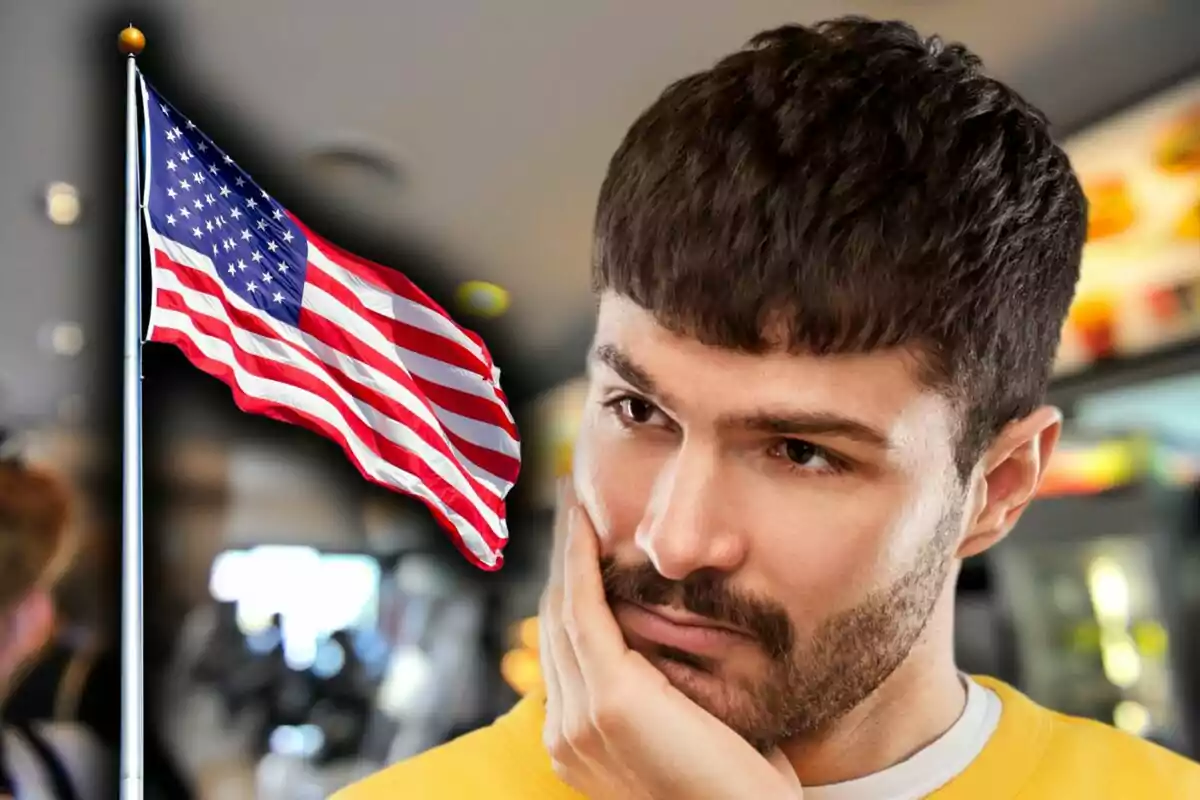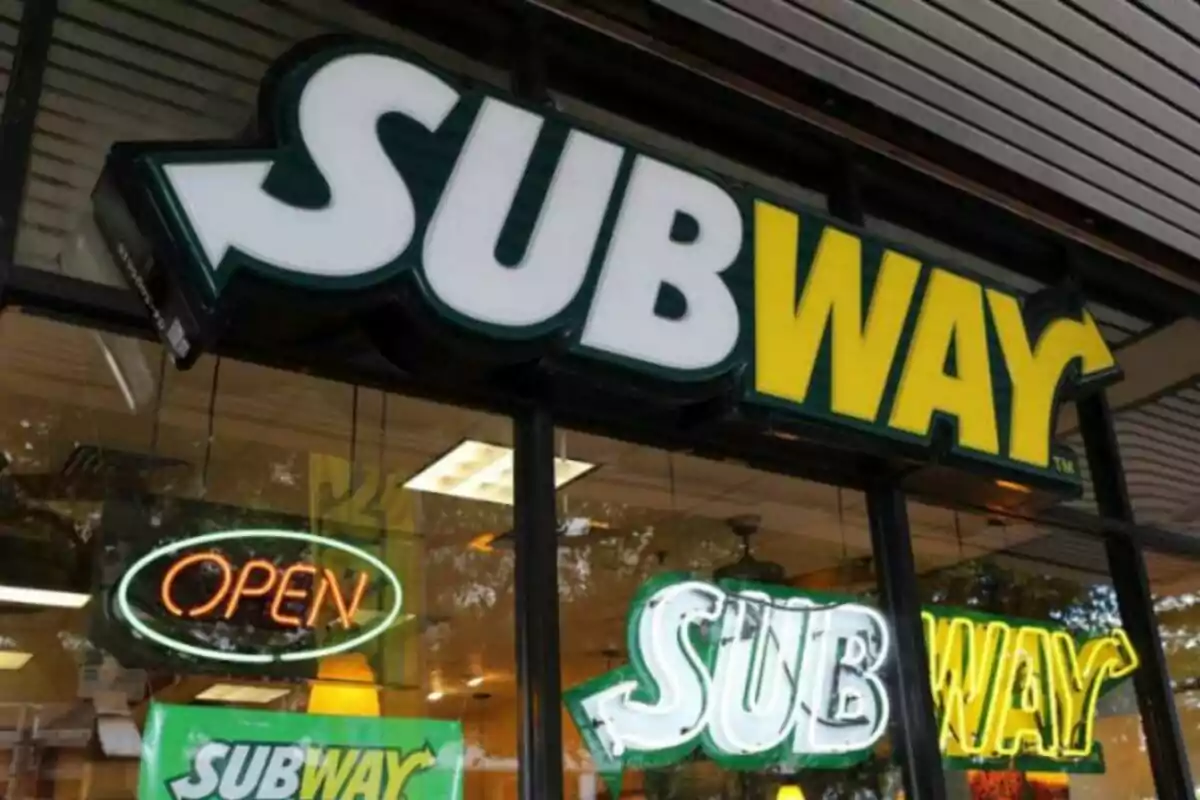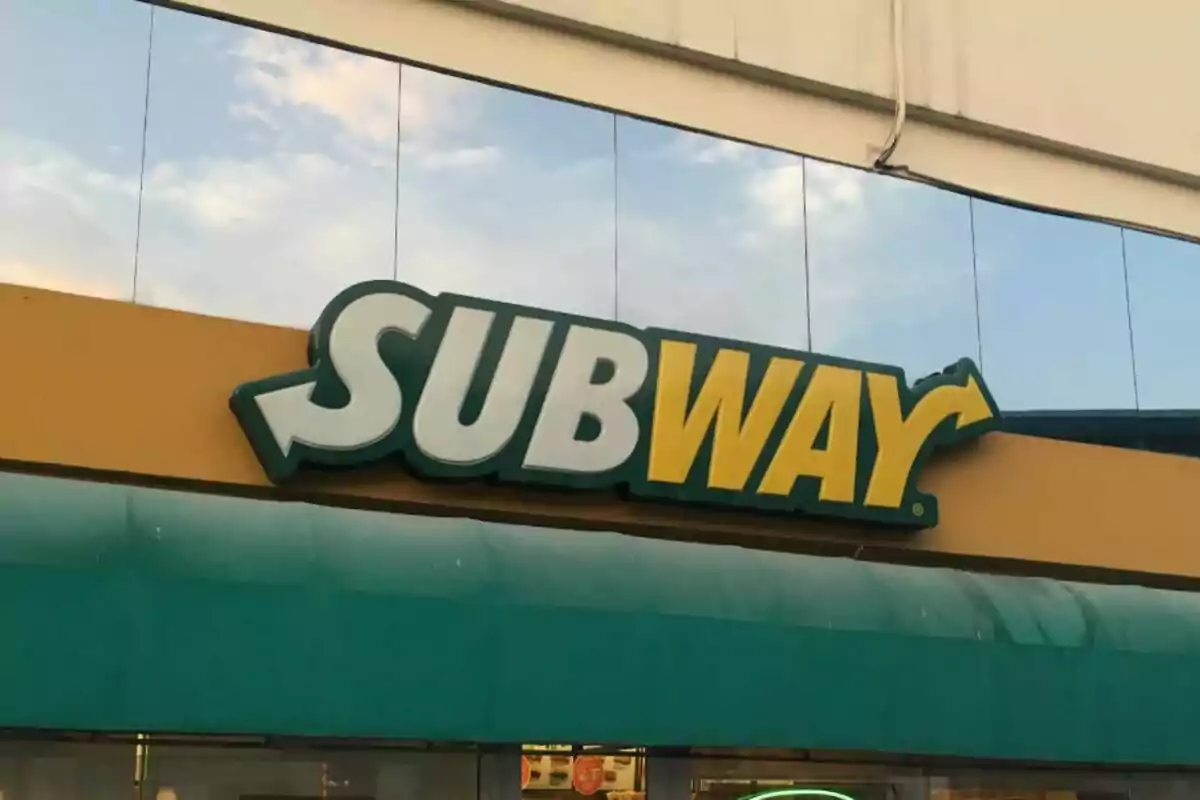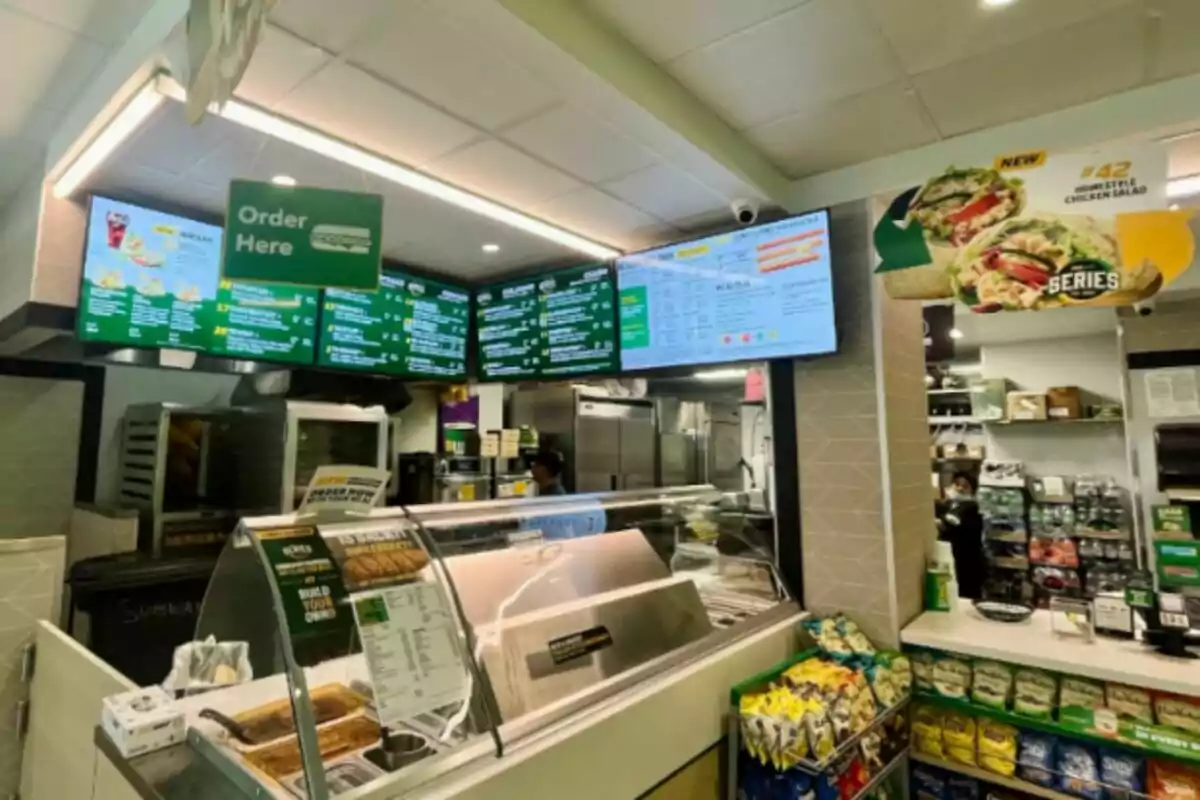
Goodbye to This Famous Restaurant Chain: Massive Closure in the United States
Subway, the famous sandwich chain, closes hundreds of locations in the United States and prioritizes its expansion in foreign markets
For decades, Subway was synonymous with fast food in the United States. Its locations were present in almost every corner of the country: shopping malls, gas stations, university campuses, or supermarkets. The omnipresence of its restaurants made the brand an icon of quick service, but that golden era is now a thing of the past.
The famous sandwich chain has seen its national presence steadily decrease in recent years. It has now crossed a symbolic threshold that reflects its sustained decline: for the first time in decades, Subway's network in the United States has fallen below 20,000 branches. This is a fact that marks a turning point in the brand's recent history.

Subway closed the year 2024 with a total of 19,502 locations in U.S. territory. This represents a net reduction of 631 establishments compared to the previous year, a number that reflects the magnitude of the adjustment. Although this trend is not new, it does show that the contraction process continues its course without apparent brake.
Subway Closes 2024 With Fewer Than 20,000 Locations in the United States
In less than a decade, the company has reduced its national network by almost a third. In 2016, it operated more than 27,000 stores in the United States. Since then, it has closed more than 7,600 locations.
The most critical years were 2018, 2020, and 2021, with more than 1,000 closures each. Despite this, Subway remains the chain with the most units in the country. It is followed by Starbucks and McDonald's, with 16,935 and 13,559 branches respectively.
This retreat contrasts with what was, for a long time, the dominant brand of quick service. The reduction has been so notable that even some franchisees reported feeling ignored by the company. According to The Post, Subway neglected their demands for support for years.

Faced with this situation, Subway has chosen to redefine its national strategy. A spokesperson explained to QSR Magazine that the goal now is to optimize the network. This means better choosing the location, format, and franchisee.
Subway calls this strategy "Smart Growth." It's no longer about opening at all costs, but about strengthening what already exists. The company wants more profitability per unit.
While it reduces its footprint in the United States, Subway is accelerating abroad. In the last three years, it has signed agreements for more than 10,000 new restaurants worldwide. In 2024 alone, it signed seven new master franchise agreements.
Subway has entered countries like Paraguay and Mongolia. It has also expanded its presence in Europe and Latin America; and in total, it now exceeds 37,000 locations worldwide. This places it as the third-largest chain in the world, only surpassed by McDonald's and Starbucks.
An important part of this growth occurs in non-traditional places. Subway has gained ground in Walmart, gas stations, and airports. It has also expanded on university campuses and hospitals.

However, the contraction in the United States remains a warning sign. Neither modernization nor international growth has stopped local closures. The internal challenge continues, even as the brand reinvents itself globally.
Subway was acquired in April 2024 by Roark Capital for 9.6 billion euros. Since then, it has started a new management phase. At the end of that year, the EMEA president, Carrie Walsh, assumed as interim CEO following John Chidsey's resignation.
The brand founded in 1965 by Fred DeLuca and Dr. Peter Buck thus enters a new phase. With less presence in its home country, but with greater international momentum. A partial farewell that redefines Subway's future.
More posts: